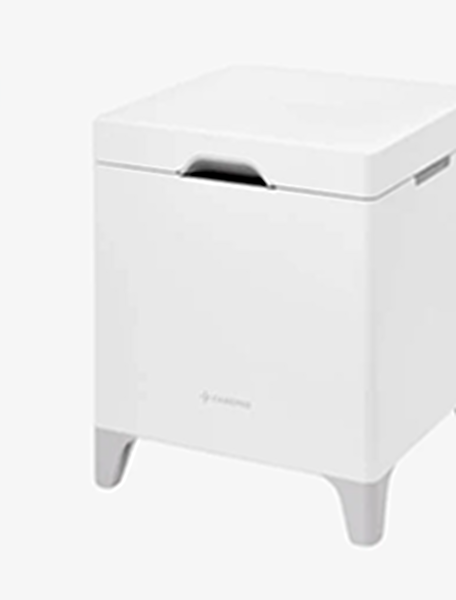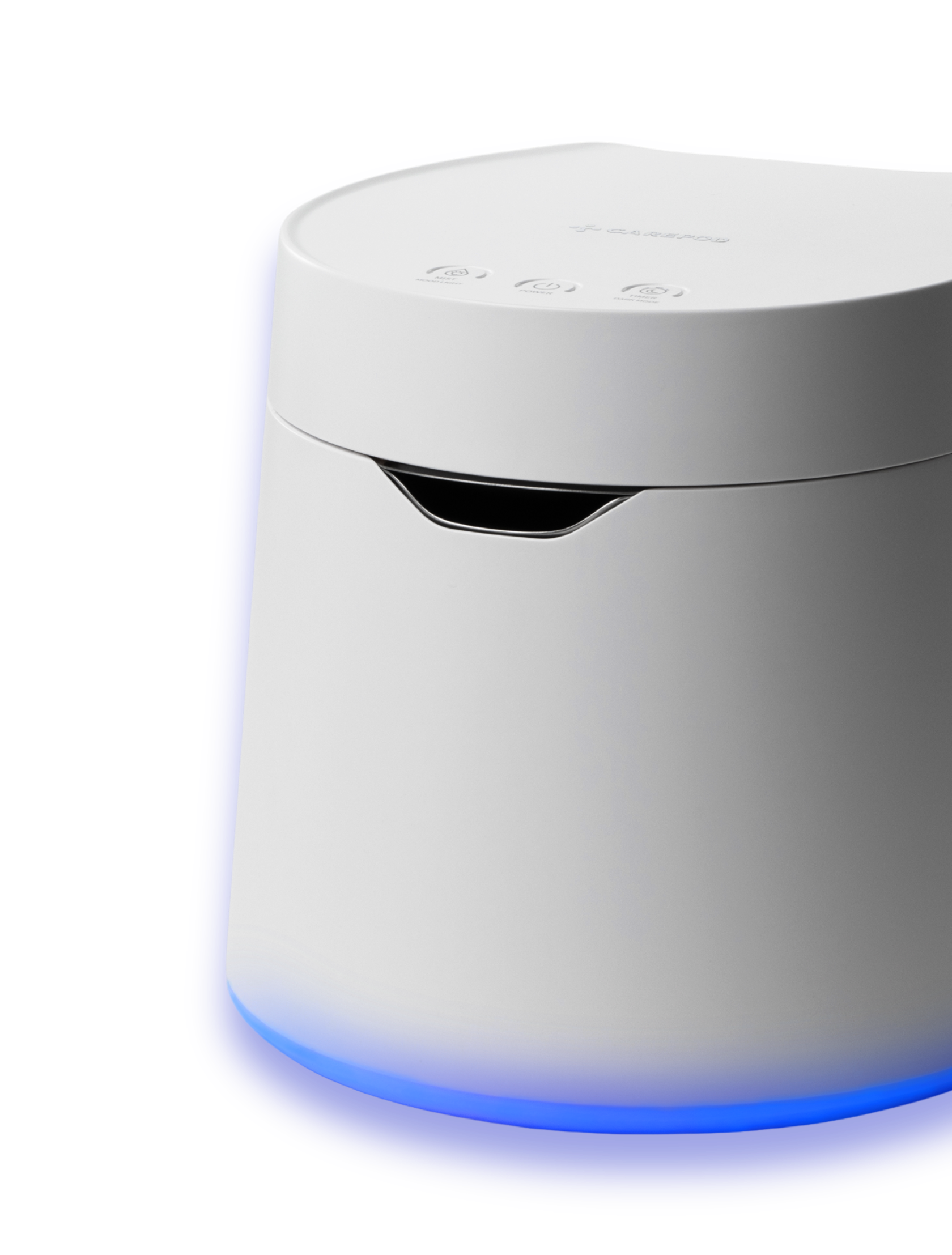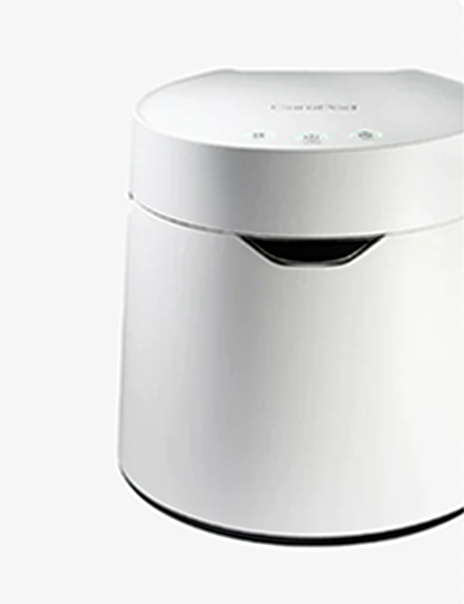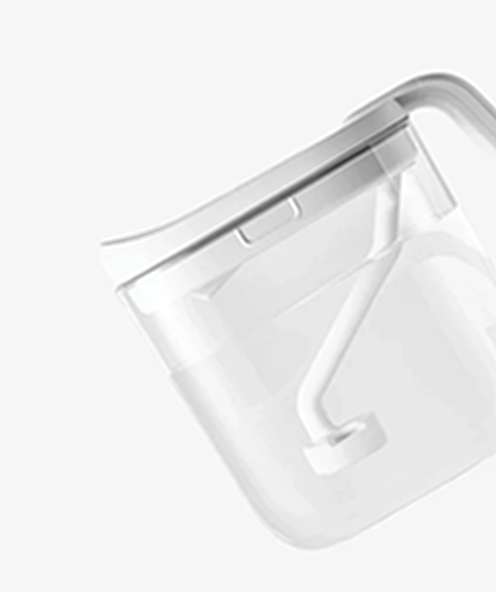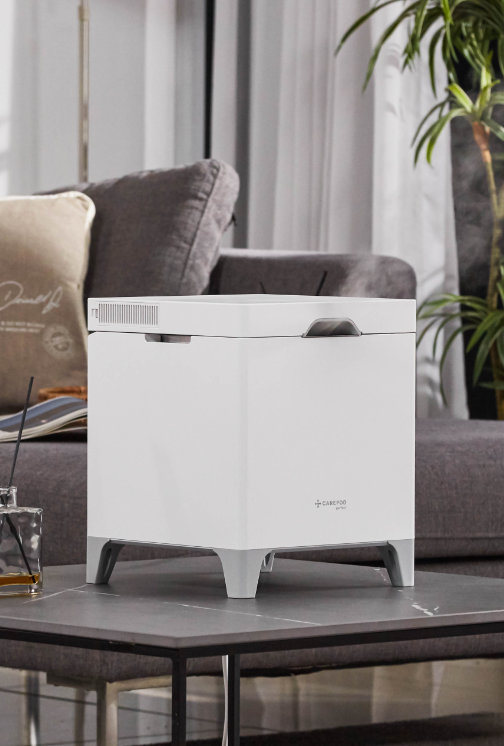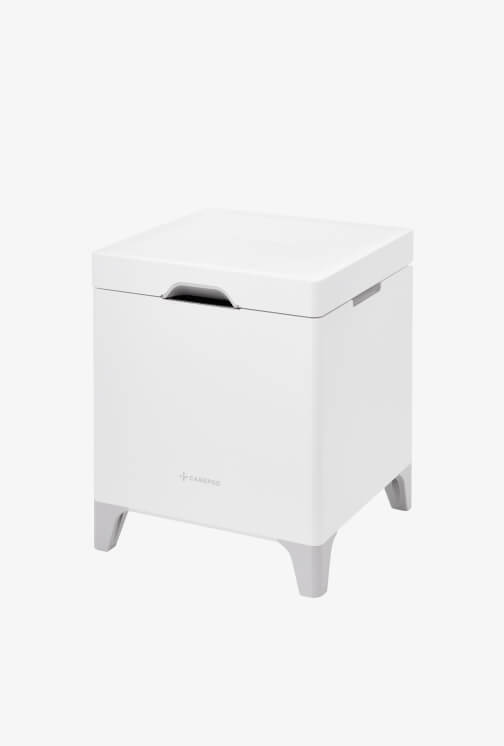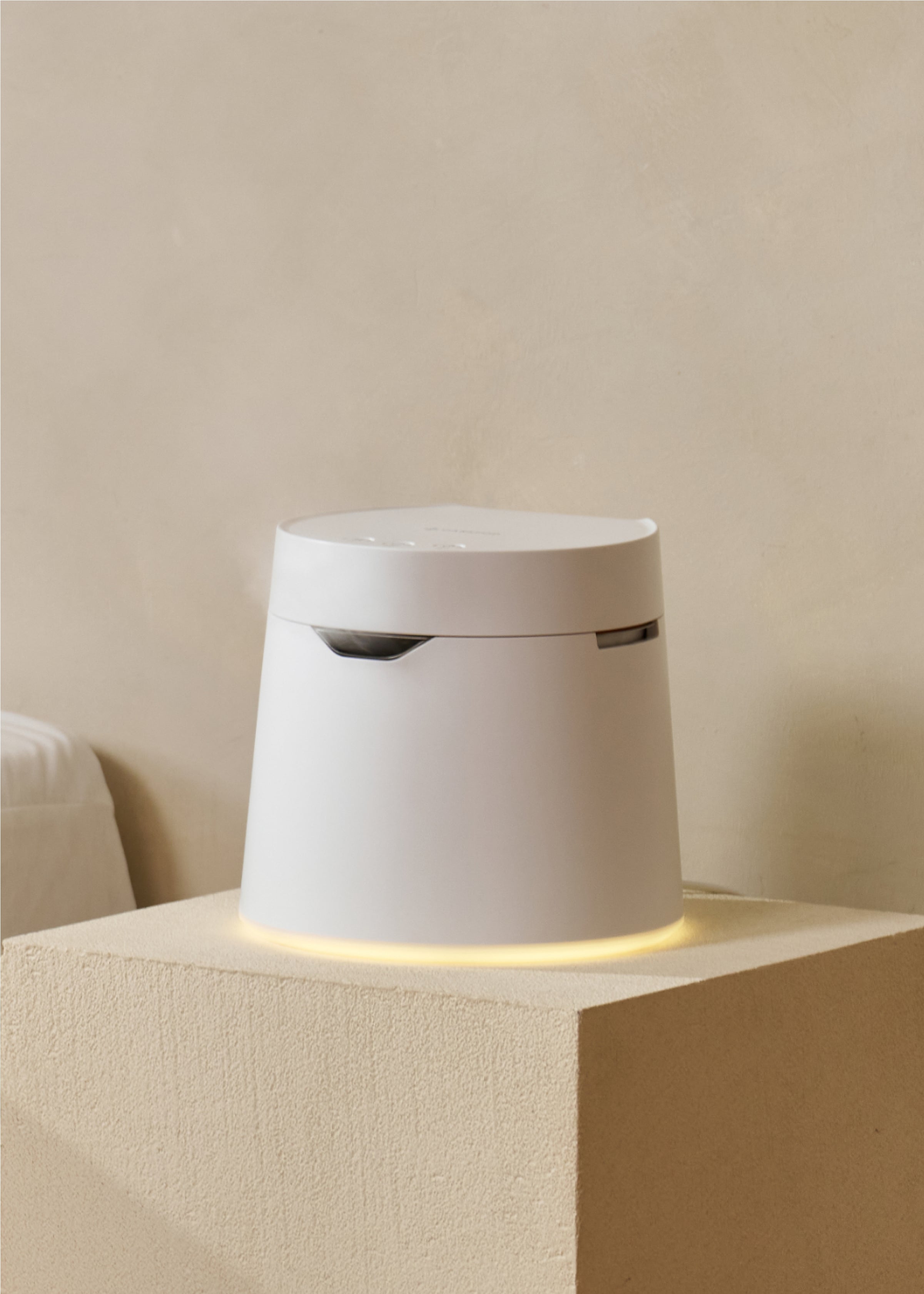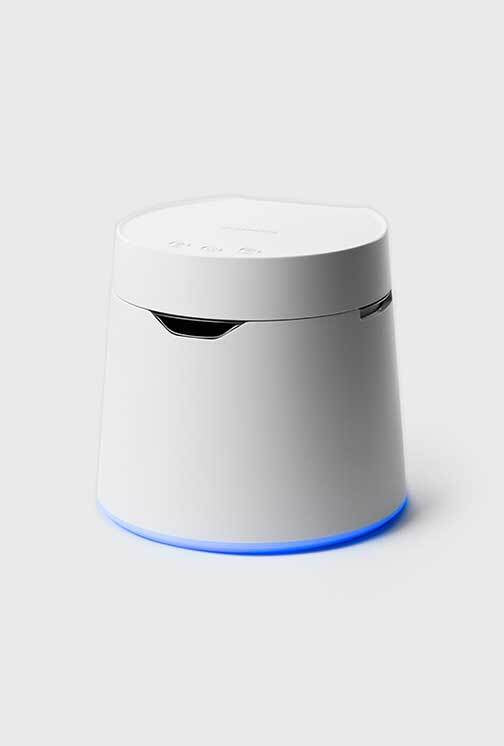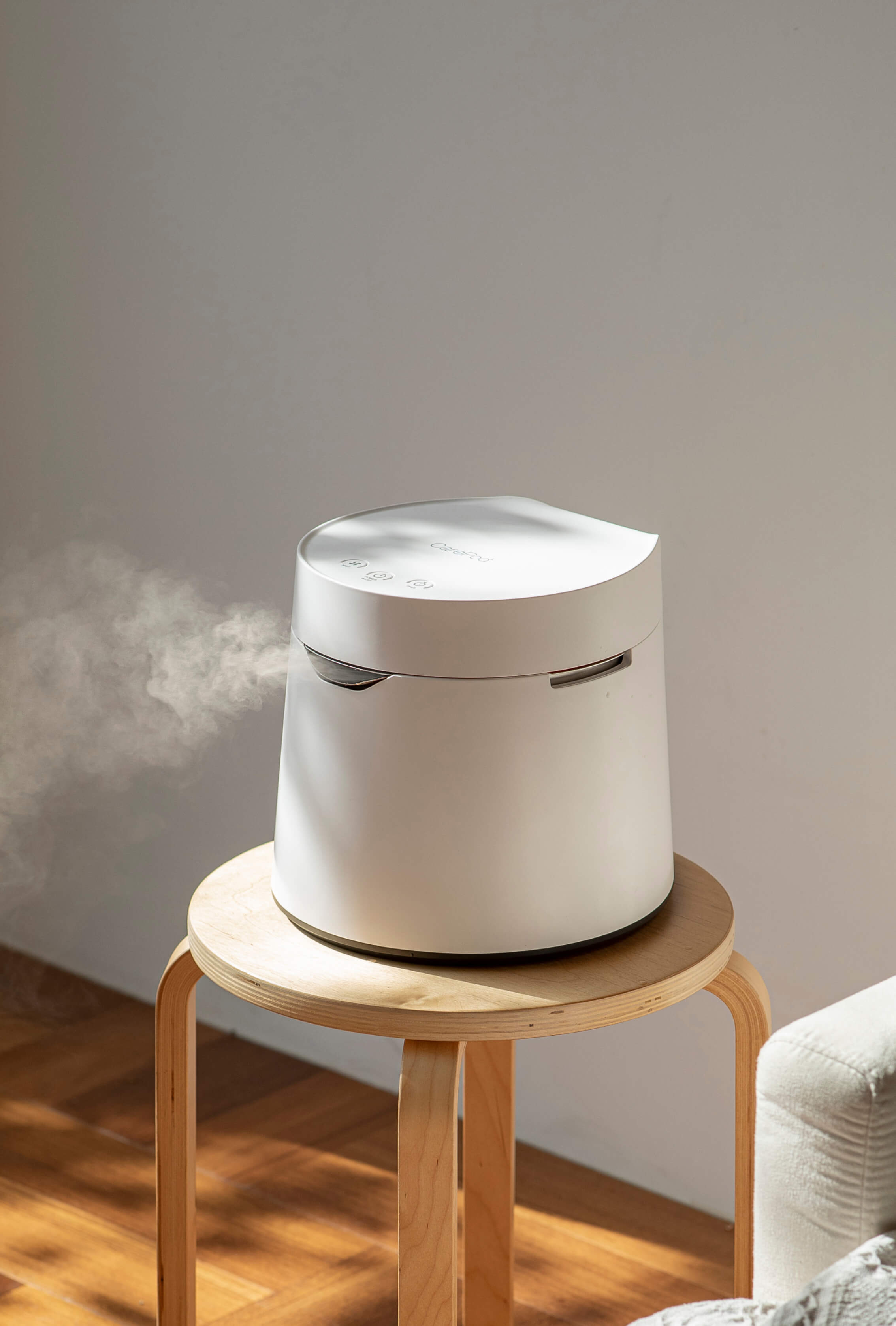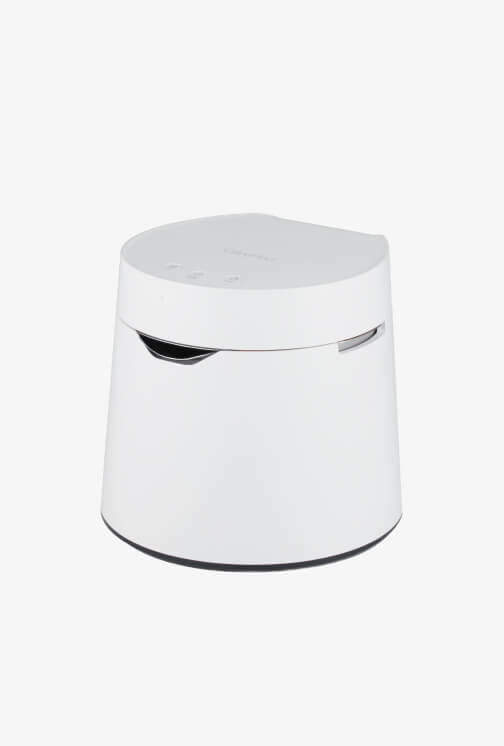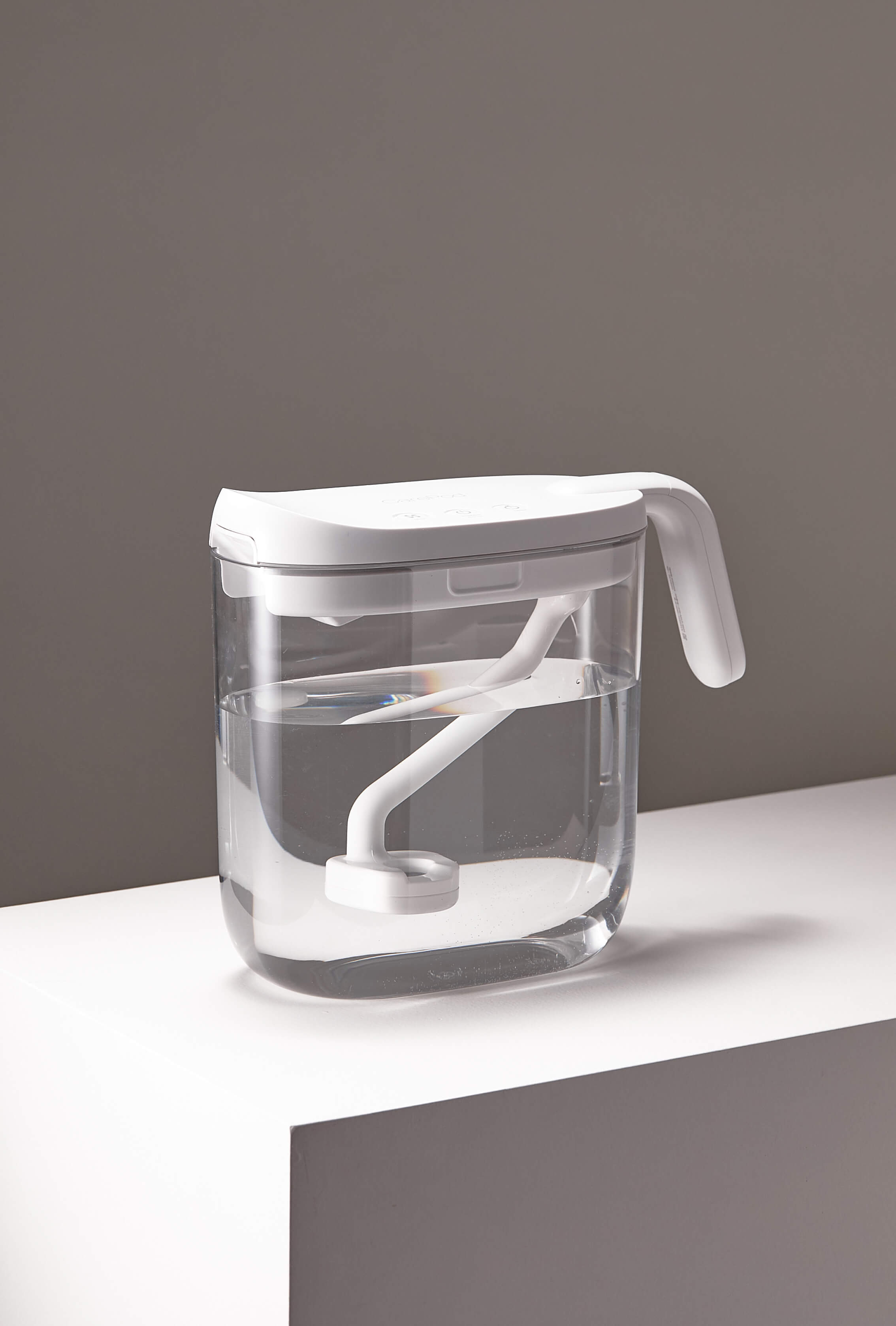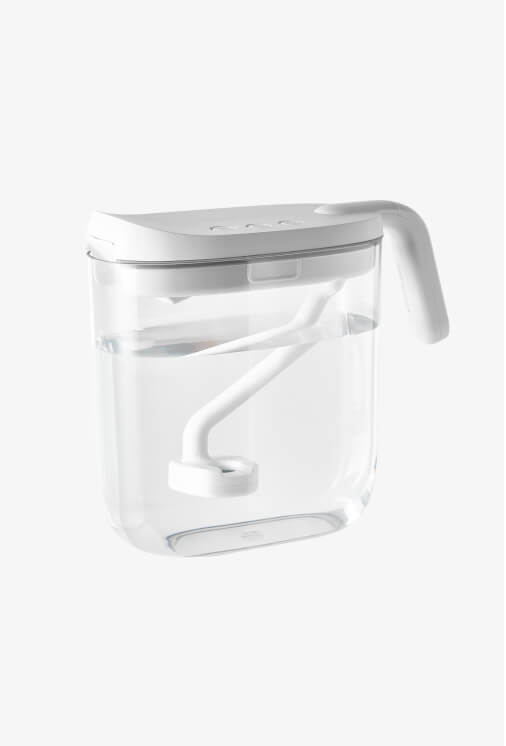Air Purifiers vs. Humidifiers: What’s the Difference?

Ever wondered whether you need an air purifier or a humidifier for your home?
They both make your indoor space more comfortable and healthier, but they work in completely different ways. Let’s break it down so you can figure out which one’s the right fit for you — or if you might need both.
What Do They Do?
Air Purifier
Think of an air purifier as your home’s personal air cleaner.
It’s designed to remove things like dust, pollen, pet dander, mold, and even bad smells from the air. Some purifiers also tackle bacteria, viruses, and other tiny particles. They’re like the superheroes of air quality, using filters like HEPA, activated carbon, or UV light to do the job.
Humidifier
A humidifier, on the other hand, is all about moisture.
It adds water vapor to the air to combat dryness. If you’ve ever dealt with dry skin, a scratchy throat, or annoying static electricity, a humidifier can be a game-changer. There are a few types, like ultrasonic, evaporative, and steam humidifiers, so you can choose what works best for you.
Why Should You Use One?

Air Purifier Benefits
-
Helps with allergies by reducing dust and pollen
-
Makes breathing easier for people with asthma
-
Gets rid of funky odors from pets, cooking, or smoke
-
Cleans up airborne germs for a healthier environment
Humidifier Benefits
-
Soothes cold, flu, or sinus symptoms
-
Protects your skin, throat and nose by preventing dryness and cracking
-
Hydrates your hair, skin and nails.
-
Creates a more comfortable environment during winter months or periods of extra dryness

When Do You Need One?
Air Purifier
-
If you have pets or suffer from allergies
-
If you’re battling strong smells or smoke
-
If you live in urban areas with higher levels of air pollution
-
If you need cleaner air during wildfire season or in poorly ventilated spaces
Humidifier
-
If you’re in a dry environment and frequently experience coughing, nose bleeds and irritated skin
-
If it’s the winter season, and indoor heating is drying out your air
-
If you’re dealing with allergies, asthma, or other respiratory conditions
-
If your family needs help managing cold and flu symptoms

What About Maintenance?
Air Purifier
You’ll need to replace filters regularly — usually every 3-6 months. It’s also a good idea to clean the unit now and then.
Humidifier
Humidifiers require regular cleaning to avoid mold or bacteria buildup. Change the water daily and give it a deep clean weekly. Some models out there may also have filters that need replacing.

Any Downsides?
Air Purifier
-
They can be pricey upfront and need regular filter replacements
-
They won’t help with symptoms exacerbated by dryness
-
Some can be noisy
Humidifier
-
Regular cleaning is a must to avoid germs
-
If you overdo it, you might end up with too much humidity, which can lead to mold
-
They don’t remove pollen, allergens and mold from the air
Which One Should You Get?
It really depends on what you need.
-
If air pollution, odors or mold are your main concerns, go for an air purifier.
-
If dry air is irritating your skin or breathing passageways, a humidifier will save the day.
-
If you struggle with all of the above, or if allergies and cold and flu symptoms are your main concern, consider both an air purifier and a humidifier.
For example, during winter, you can run a humidifier to add moisture to the air and an air purifier to keep it clean.
Both air purifiers and humidifiers are recommended tools for making your home healthier and cozier. Knowing the differences means you’ll pick the perfect one — or pair them up for the ultimate indoor air setup.
